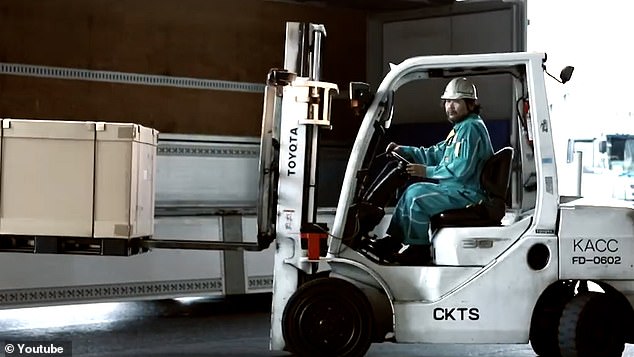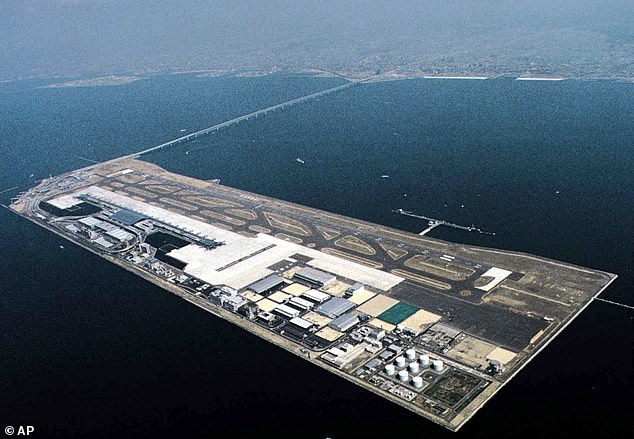At the airport that hasn’t lost a single piece of luggage in THIRTY YEARS (and the special measures the staff takes to ensure your stuff doesn’t get damaged… or even wet from the rain)
It is popular with travelers from Osaka, Kobe and Kyoto and is one of Japan’s busiest airports.
Kansai International Airport celebrates its 30th anniversary in September, marking three decades without losing a single piece of luggage.
The major transport hub has long been praised for its efficiency, but also has an impeccable record when it comes to lost luggage claims, as they don’t get any.
“The ground handling staff at Kansai International Airport are nothing special,” airport spokesman Kenji Takanishi modestly told Newsweek, despite the fact that the team has not lost any luggage in its 30 years of operation.
The airport has a specific system in place to ensure that every piece of luggage reaches its owner undamaged, with staff working in teams of two or three to limit the number of hands the suitcases pass through and taking extra care to ensure the items are safe . t damaged.
It is popular with travelers from Osaka, Kobe and Kyoto and is one of Japan’s busiest airports: Kansai International Airport (photo)

A worker carefully transports cargo at Kansai International Airport in Japan

Kansai International Airport celebrates its 30th anniversary in September, marking three decades without losing a single piece of luggage (pictured in 1994 when it opened for operations)
Each employee must follow detailed handling instructions, which determine how to load and unload the cargo holds onto the aircraft, as well as the differences between the various airlines serving the airport.
If a suitcase gets wet from rain, it is “wiped down and returned” to the carousel, Takanishi said.
“As many customers from all over the world come to Kansai, we strive to be more courteous and precise in our operations,” Takanishi added.
Up to 30 million passengers travel through Kansai International Airport every year, carrying 11 million pieces of luggage.
Takanishi said the airport aims to move a piece of luggage from the plane to the baggage carousel in just 15 minutes after a flight lands.
Employees are instructed to place the suitcases on the conveyor belt with the handles facing outward, making it easier for passengers to pick up their luggage.
They take extra care of items such as strollers and sports equipment such as golf clubs or skis and hand deliver them to passengers.
Communication skills are very important for the staff as baggage handlers are regularly asked to share information with each other to ensure everything runs smoothly.
The airport is currently preparing for next year’s Osaka Expo, which is expected to attract 28 million visitors to the region. Kansai is undergoing major renovations to accommodate the expected influx of passengers due to the Expo.
The airport has long been ranked among the best airports in the world for its staff and even received eight mentions specifically for its baggage handling by SkyTrax, a British aviation website.
